Description
Calcium Carbonate: The Unsung Hero of Industry and Nature
Calcium carbonate (CaCO3), a ubiquitous and versatile chemical compound, is often overlooked despite its critical role in a vast array of applications, from construction to pharmaceuticals. This seemingly simple compound, found abundantly in nature, is the main component of limestone, chalk, and marble, and is a key ingredient in countless products we use every day.
Nature’s Building Block:
In the natural world, calcium carbonate is the backbone of marine ecosystems. Shells of marine organisms like coral, shellfish, and plankton are primarily composed of this compound. Over millions of years, the accumulation of these shells on the ocean floor has formed massive deposits of limestone and chalk, shaping landscapes and influencing global carbon cycles. Stalactites and stalagmites in caves are also formed through the slow precipitation of calcium carbonate from water trickling through limestone formations, creating breathtaking geological wonders.
A Versatile Industrial Workhorse:
Beyond its natural abundance, calcium carbonate is highly valued in industry for its diverse properties. It’s widely used as:
- A Construction Material: Limestone, a primary source of calcium carbonate, is heated to produce quicklime (calcium oxide), which when mixed with water, forms slaked lime (calcium hydroxide). Slaked lime is a crucial ingredient in mortar and concrete, providing strength and durability to buildings and infrastructure.
- A Filler and Pigment: Calcium carbonate in its powdered form is used as a filler in paper, plastics, paints, and coatings. It improves the opacity and brightness of paper, enhances the strength and impact resistance of plastics, and provides a white pigment for paints.
- An Antacid and Dietary Supplement: In the pharmaceutical industry, calcium carbonate is a common ingredient in antacids, effectively neutralizing stomach acid and providing relief from heartburn. It is also used as a calcium supplement, particularly for individuals with calcium deficiencies or those at risk of osteoporosis.
- An Agricultural Amendment: Farmers use calcium carbonate to neutralize acidic soils, improving soil fertility and plant growth. It also provides essential calcium to plants, promoting healthy root development and fruit production.
- A Food Additive: In the food industry, calcium carbonate is used as a firming agent in canned vegetables and as a source of calcium in fortified foods.
Forms and Production:
Calcium carbonate exists in two primary crystalline forms: calcite and aragonite. Calcite is the more stable and common form, found in limestone, chalk, and marble. Aragonite, on the other hand, is typically found in the shells of marine organisms and is metastable, meaning it can transform into calcite over time.
Industrial production of calcium carbonate typically involves quarrying limestone, followed by crushing and grinding to produce finely powdered forms. Synthetic calcium carbonate can also be produced through chemical precipitation processes, offering greater control over particle size and purity for specialized applications.
Environmental Considerations:
While calcium carbonate is a naturally occurring and generally considered safe compound, its production and use can have environmental impacts. Quarrying limestone can lead to habitat destruction and soil erosion. The production of quicklime from limestone releases carbon dioxide, contributing to greenhouse gas emissions. However, advancements in cleaner production technologies and sustainable quarrying practices are helping to mitigate these impacts.
Conclusion:
Calcium carbonate is a fundamental substance that plays a vital role in both the natural world and human society. From the towering cliffs of Dover to the soothing relief of an antacid tablet, this versatile compound is a testament to the power and potential hidden within seemingly simple chemistry. As we continue to innovate and develop new applications for calcium carbonate, it will undoubtedly remain a crucial ingredient in shaping our world for years to come.

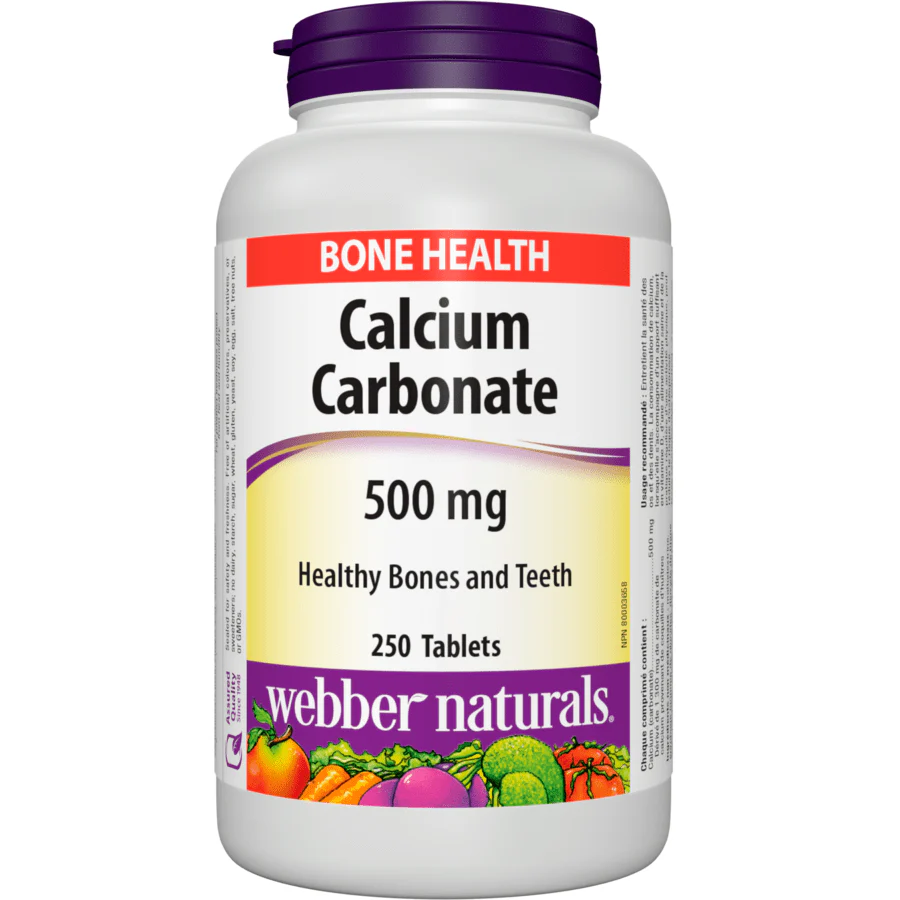
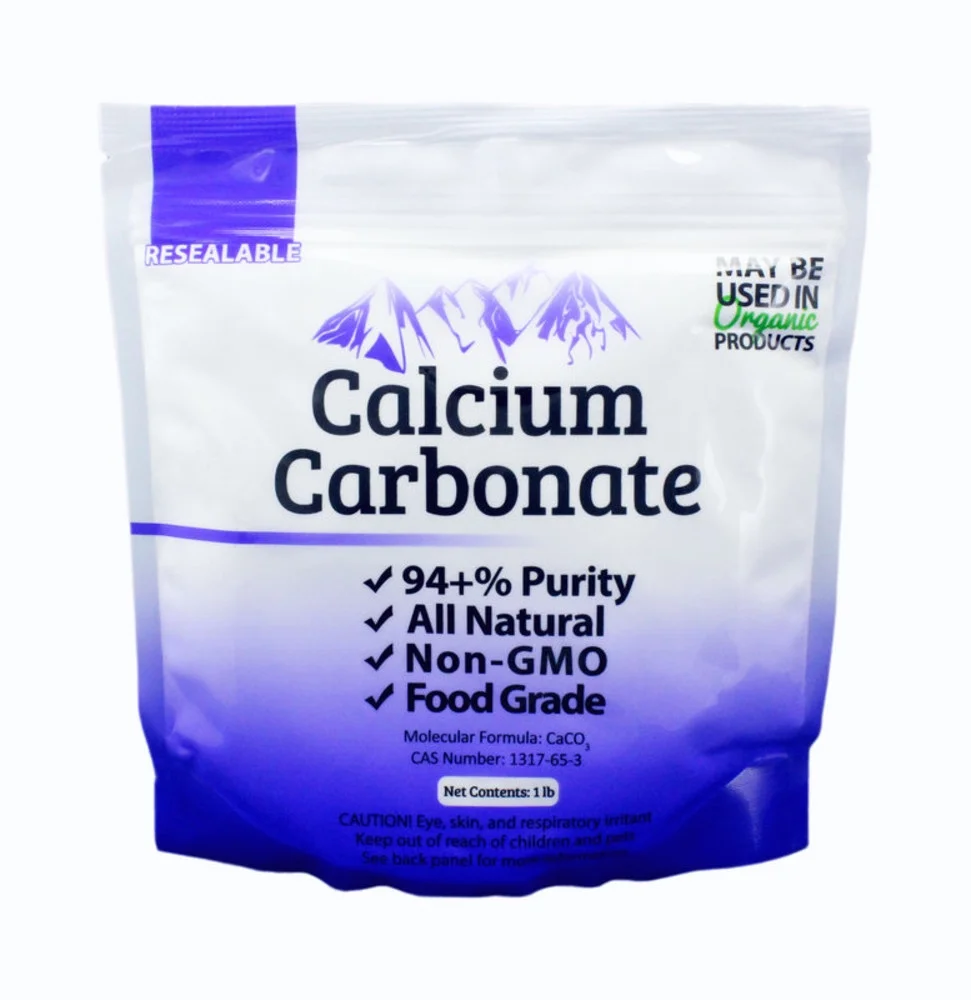

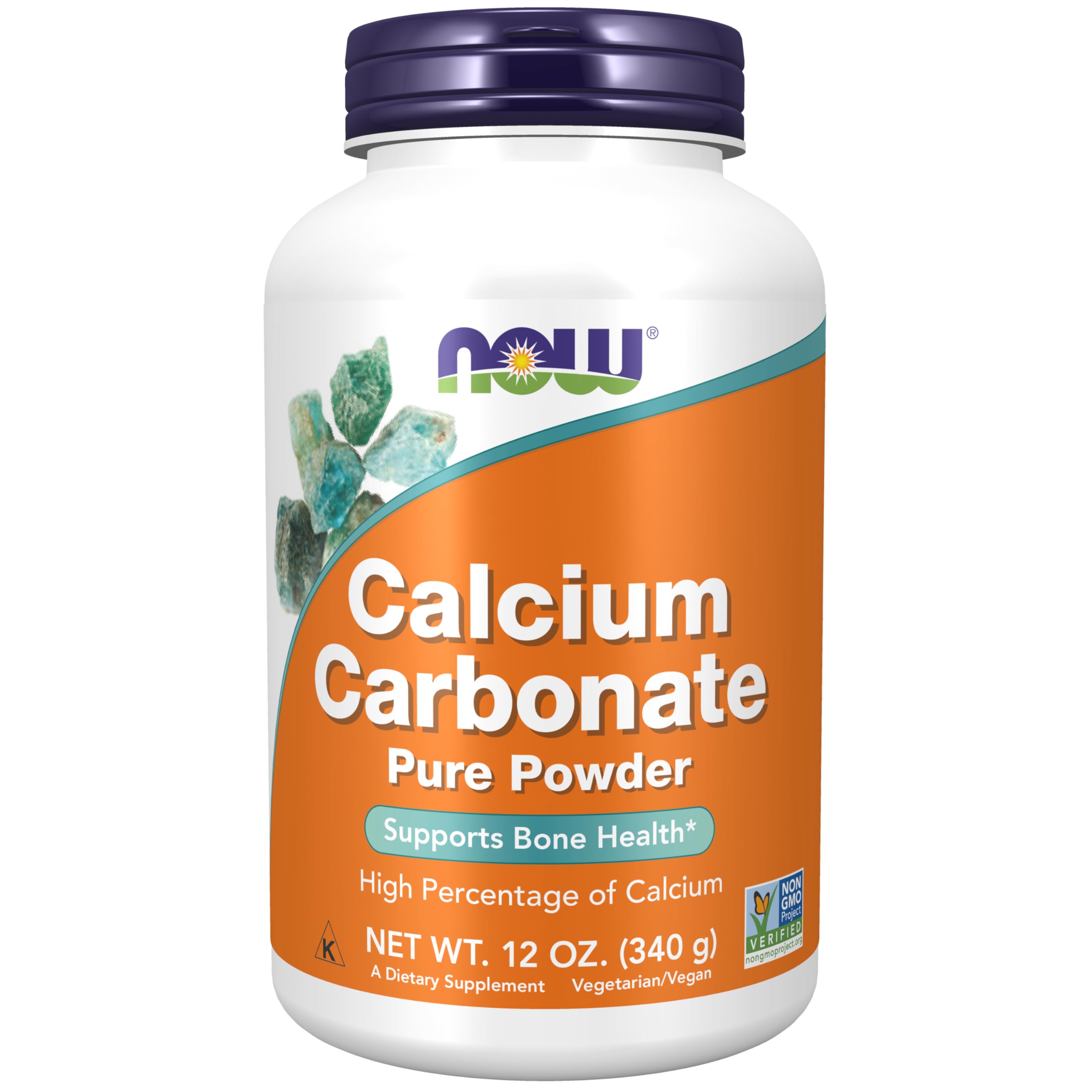


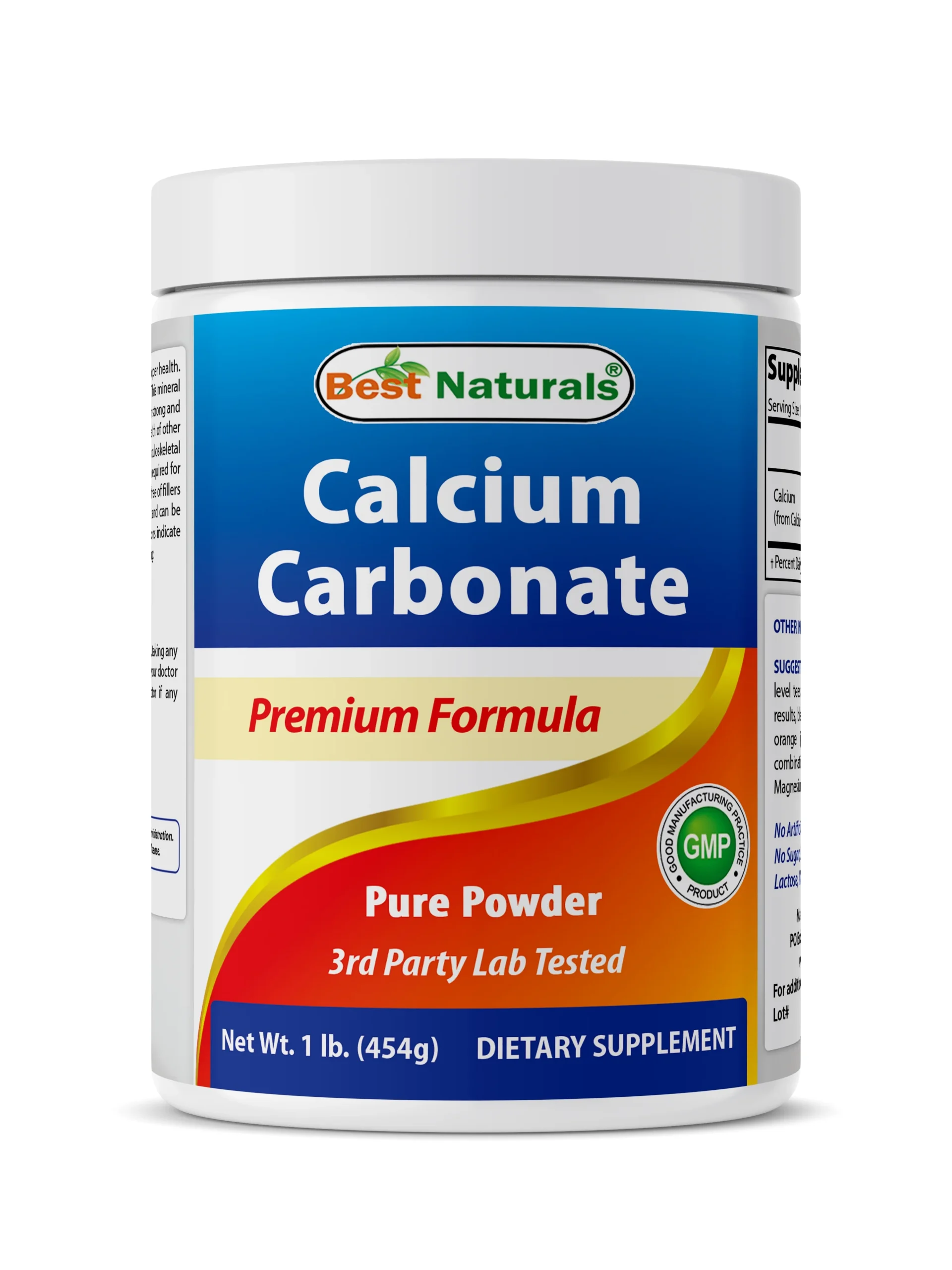
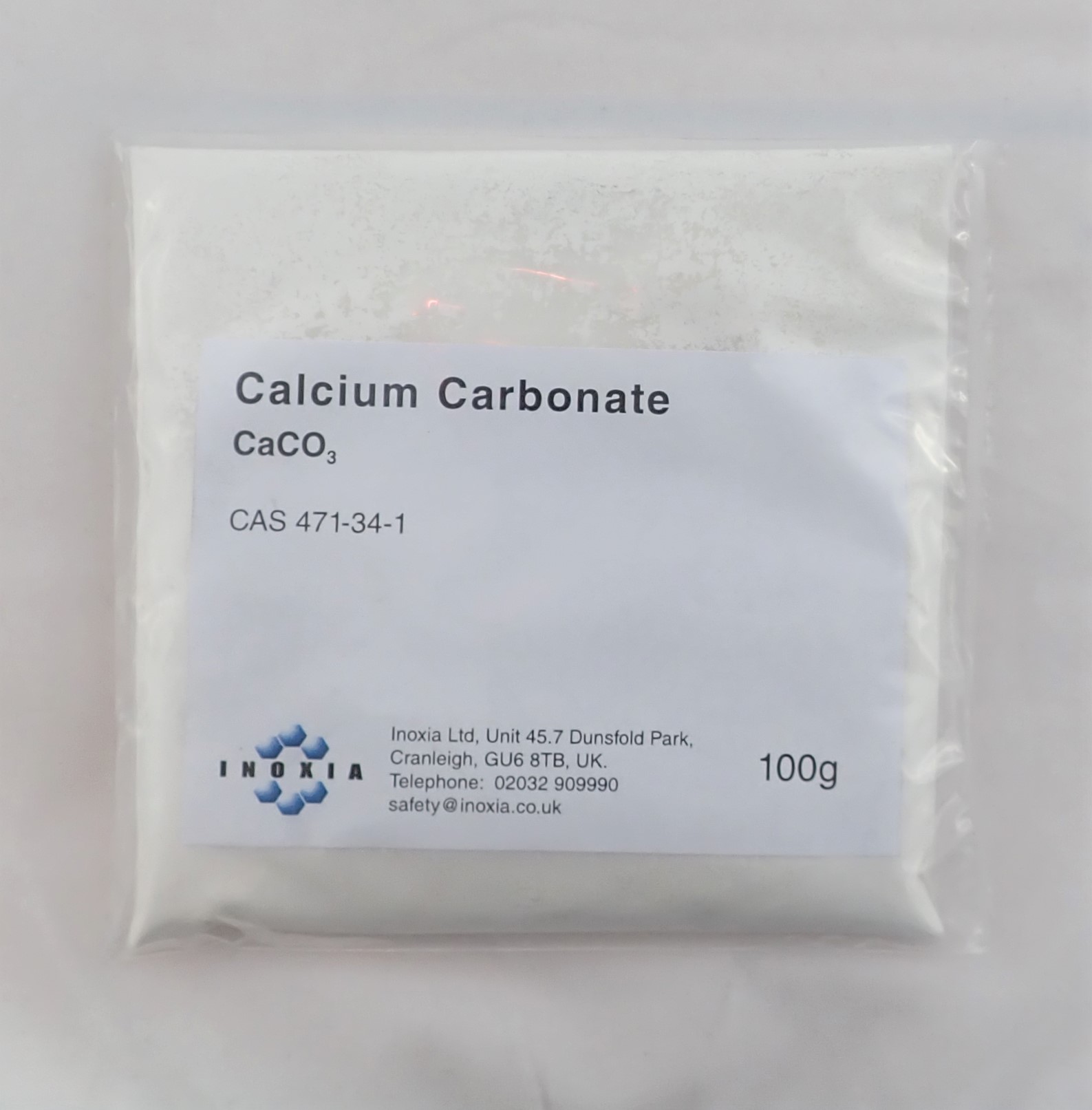




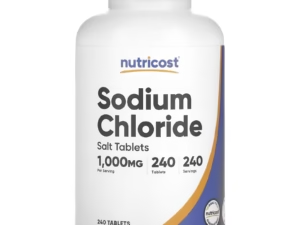
Reviews
There are no reviews yet.